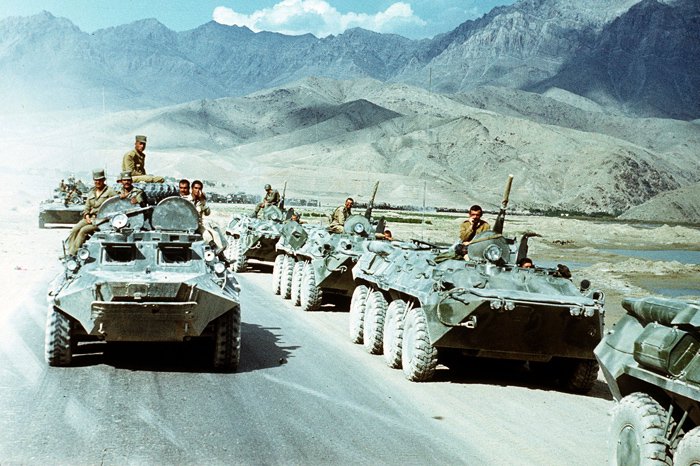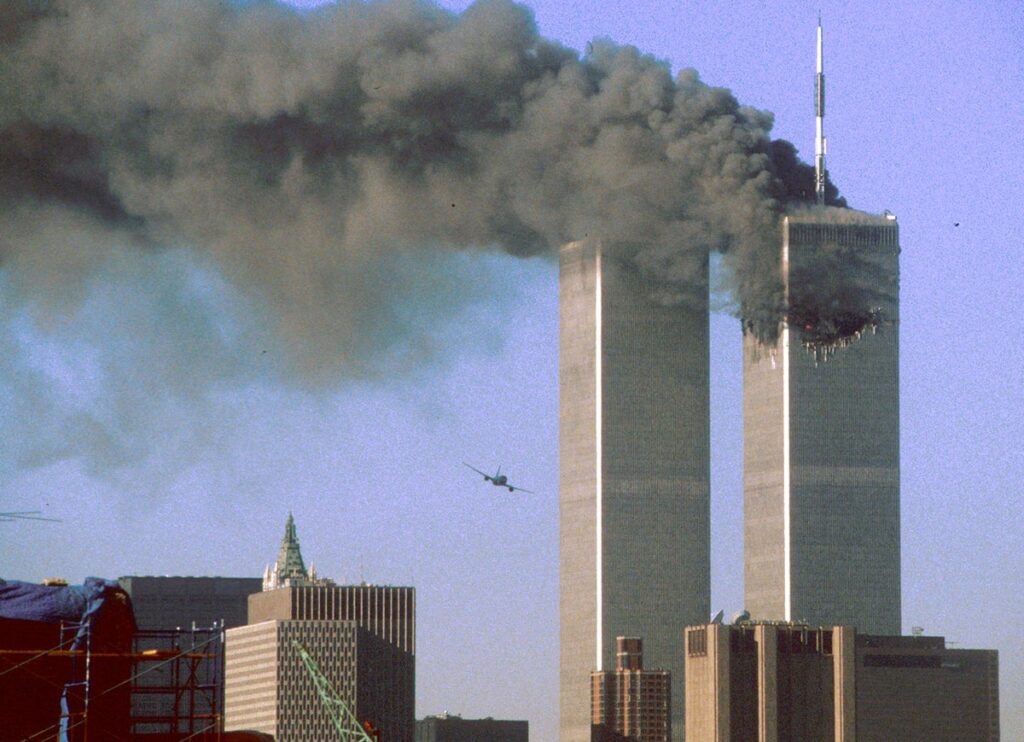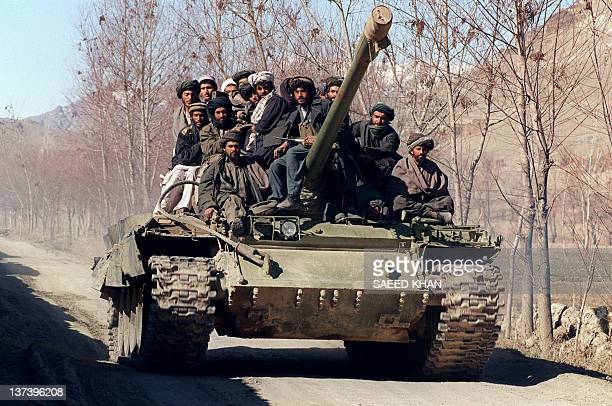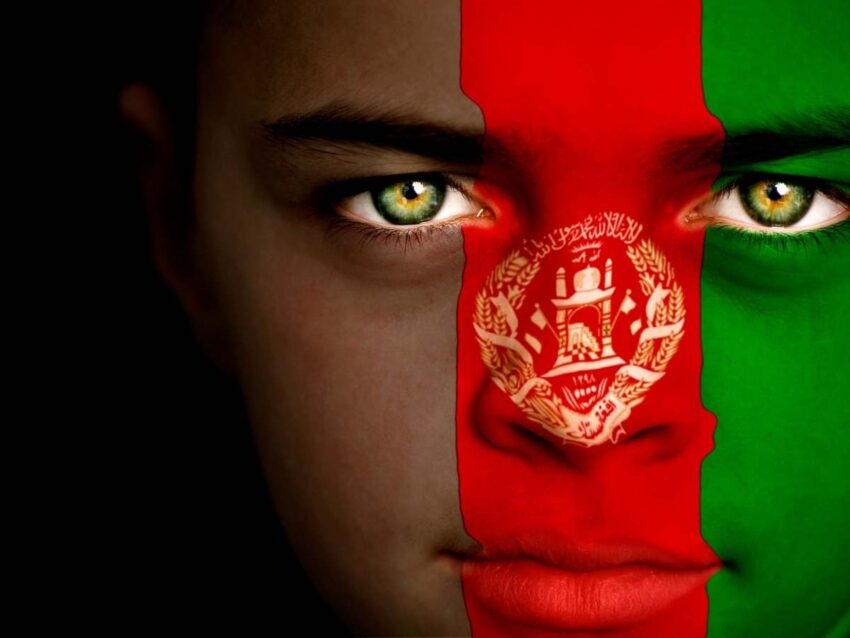The violence in Afghanistan is one of the biggest crises we are witnessing today. The people in Afghanistan were already struggling with the ongoing pandemic caused by COVID-19 when another crisis took over their lives.
The horrific tales of life under Taliban rule have been widely reported by various media outlets For me, one of the best sources of understanding the pain that Afghanistan has endured and continues to suffer is the books of Khaled Hosseini.
Following is an excerpt from the book ‘A Thousand Splendid Suns’ by Khaled Hosseini: –
“And that, ...is the story of our country, one invasion after another...Macedonians. Saddanians. Arabs. Mongols. Now the Soviets. But we're like those walls up there. Battered, and nothing pretty to look at, but still standing.”

In 1989, the Soviets signed a peace accord with Afghanistan and left the country. However the turmoil of Afghan citizens did not end with the departure of the Soviets. The crisis in Afghanistan kept snowballing and eventually consumed many more countries.
Let us start with the Soviet-Afghan war.
RISE OF THE MUJAHIDEEN (1979–1989)
Initially, the Mujahideen were tribal guerrilla fighters who rebelled against the government of Afghanistan before the Soviets came into the country.
Soon, they launched a holy war against the communist government and the Soviet troops that led to the Soviet-Afghan War.
During this time, the United States came forward to aid the Mujahideen. Those were the days of the Cold War. The US wanted the Soviet Union to back off from Afghanistan.
The United States, Britain, China and many Muslim nations started supplying financial aid and weapons to the Mujahideen.
Thus, the Mujahideen kept becoming stronger and stronger and eventually won over the Soviet forces.
But Afghanistan was not out of danger.
CIVIL WAR ACROSS THE COUNTRY (1992-1996)
The Mujahideen had succeeded in overthrowing a communist regime and formed the Afghan Interim Government (AIG) but soon they were divided into factions, fighting with each other for power.
It led to one of the worst Civil wars in recent times. In those dark times, civilians lived in fear through days and nights.
They were randomly fired at.
Their houses were bombarded.
Rockets were regularly fired into their homes.
Many were killed and many injured. People lost everything they had.
Many fled the country to save their lives and were received by countries across the world as refugees.
Some even got refuge in Pakistan and entered religious schools where they were indoctrinated with extreme ideologies. These ideologies gave birth to an Islamist movement and the Taliban, which was already there revealed itself to the world.

BIRTH OF TALIBAN
The Taliban ideology already existed among many Afghans and the Mujahideen who had fought in the wars.
The fundamentalists were further indoctrinated in religious schools across the border in Pakistan. These people aimed to establish their extreme version of Islamic rule in Afghanistan. They were aided by the Pakistan militia in this endeavour.
The arrival of the Taliban was initially celebrated by many people in Afghanistan who were exhausted by the cycle of violence that Afghanistan had been under for years.
Taliban, who had promised to make Afghanistan a safer place for all were welcomed. People hoped for peace.
However, when the Taliban came to power, it soon became infamous for its monstrosity across the world.

(©SAEED KHAN/AFP via Getty Images)
AFGHANISTAN UNDER THE TALIBAN RULE (1996-2001)
In 1996, the Taliban established an Islamic State in Afghanistan and called it ‘The Islamic Emirate of Afghanistan’.
They imposed their strict interpretations of Sharia law and committed widespread atrocities and killings against Afghan civilians.
They stripped the Afghans of almost every basic human right and treated the women ruthlessly.
Some of the restrictions imposed by the Taliban on women in Afghanistan are as follows: –
- A complete ban on women’s activity outside the home unless accompanied by a mahram (close male relatives such as a father, brother or husband).
- Ban on women studying at schools, universities or any other educational institution.
- A requirement is that women wear a long veil (Burqa), which covers them from head to toe.
- Public stoning of women accused of having sex outside marriage.
- Ban on women appearing on the balconies of their apartments or houses.
- Compulsory painting of all windows, so women cannot be seen from outside their homes.
- Ban on flared (wide) pant legs, even under a burqa.
(Source: http://www.rawa.org/rules.htm)
Afghanistan under the control of the Taliban became a haven for many Islamic extremist organisations. The terrorist group Al-Qaeda was one of them, which, under the leadership of Osama-Bin-Laden carried out the worst terrorist attack in history, the September 11 attacks.
AMERICAN INVASION AND END OF THE TALIBAN REGIME
In 1999, both the US and the UN demanded the Taliban to hand over Osama Bin Laden for trial and close all terrorist bases in Afghanistan. When the Taliban failed to do so, the US invasion started.
The US-led bombing campaign was provided support by many countries. The Anti-Taliban Afghan rebels called ‘Northern Alliance’ also provided their troops to attack the terrorists.
By December 2001, the Taliban forces retreated from most of the Afghan cities and went into hiding in Afghanistan’s mountainous Tora Bora region.
Although the Taliban forces kept regrouping and engaged in Guerrilla-style warfare, the regime that had harassed and tortured the people of Afghans for years came to an end. Afghanistan took its first step towards democracy.
(Source: https://www.history.com/this-day-in-history/u-s-led-attack-on-afghanistan-begins)
REBUILDING OF AFGHANISTAN
Afghanistan was a war-torn country. Many countries collaborated to aid in the reconstruction of Afghanistan by providing financial assistance and troops.
An Interim Government was formed under the leadership of Hamid Karzai who tried to unite the people of the country. In 2004, Afghanistan adopted a constitution and in 2014 had its first democratically elected president, Ashraf Ghani.
The international community has poured in a huge amount of financial aid for the reconstruction of Afghanistan and the United States alone has invested around 3 trillion dollars.
Despite all the efforts made by the world, poor implementation of projects and widescale corruption thwarted the progress that such a huge investment was capable of making.
Still, Afghanistan saw improvements in healthcare and education. Many democratic institutions were built and most importantly, people got rid of the atrocious restrictions that they had to live under the Taliban regime.
Women had rights and freedom. More girls joined schools and women also became part of the government.
However, peace in Afghanistan, like always, had a very short lifespan.
RE-EMERGENCE OF TALIBAN
In 2014, NATO’s international forces ended their combat mission in Afghanistan and the responsibility of the country’s security was left to the Afghan army who had been trained and equipped with arms through the years.
On February 29, 2020, under the Trump administration, an agreement was made between the United States of America and the Taliban that not only announced the withdrawal of all foreign troops from Afghanistan but also the release of 5,000 Taliban prisoners as a measure of confidence-building.
When Joe Biden came to power as the president of the US, the agreement remained intact. Foreign forces kept withdrawing and the Taliban kept rising in power.
The US-Taliban Agreement-For-Bringing-Peace-to-Afghanistan opened the doors to a new civil war.
SITUATION IN 2021 AND THE FUTURE OF AFGHANISTAN
As of August 2021, almost all major cities of Afghanistan fall under the control of the Taliban. Kabul has been seized and even the Presidential Palace has been captured.
Chaos, once again, has ensued in the country as more and more people are trying to flee the country to save themselves from the regressive rules and atrocities of the Taliban. Countries are bringing back their nationals and evacuating their embassies. Many countries are receiving refugees from Afghanistan. All this is happening while we are still tackling the problems posed by the Covid pandemic.
Although the Taliban promises to uphold human rights in many areas this time, its actions reveal otherwise. The future of Afghan citizens, especially its children and women, once again, looks bleak.
International activism and protests are ongoing to help and support Afghan citizens who are caught up in the spiral of Afghan violence.
The thought of what the future holds for Afghan people is devastating. But more heartbreaking is the realization of how years of reconstruction, rebuilding, freedom and progress crumbled down in a matter of weeks.

CONCLUSION
Every country in the world was born with ideologies and principles. Some of the practices and rules were regressive and detrimental and did not allow people the freedom that they enjoy today.
As times changed, people within those countries protested against what was not in sync with humanitarian values. Traditional practices, religious norms and dictatorships have been rejected and fought against. Only then were free nations born.
The graph of Afghanistan has been just the opposite. It has changed into a more regressive nation than it once used to be. Protests and rebellions have failed to thwart the terrorist troops. Even foreign forces and civil war have failed to bring order and peace back to the nation.
Truth is, while the forces of the Taliban live and die, come and go; take over and are made to retreat, the extreme ideology that drives them continues to grow. Taliban can remain in a handful of countries but its dogma can penetrate countries and minds and pose a threat to liberal ideals that connect the world today.
They are a threat not just to the people of Afghanistan, but to the world that believes in human rights, to non-Muslim countries whose lifestyles they don’t agree with, to Muslim countries that have chosen to live progressively and to Muslims around the world who live peacefully and believe in co-existence.
Will things get better in the future?
Taliban was born in Afghanistan but the Taliban ideology was born in the minds and propagated to many.
So, if things have to be better for the long term, then the solution is not the End of the Taliban. It is the end of its creed; a creed that instils fear among its people and makes them cry and wail for help.
A government is formed to take care of a country, to defend the country from war, famine, violence and turbulent times to ensure safety peace and happiness for all. Taliban spreads violence and takes away peace. It just wants to have control and instil fear. This is what we have witnessed time and again.
If it believes in a policy of revenge, if it believes that the heartbroken and enervated cries of women, men and children will help them with their goals, then sadly the worst victim of the Taliban is the Taliban itself.
Among all the things it bans, the Taliban should also ban the salutation of “As-Salaam-Alaikum” and “Walaikum-As-Salaam” as it hardly lets anyone live in Peace.
What do you think? Will things get better?
Also read: https://neoprotagonist.com/the-refugee-crisis-rights-misconceptions-and-our-responsibility/

Hey! Someone in my Facebook group shared this site with us so I came to give it a look. I’m definitely enjoying the information. I’m bookmarking and will be tweeting this to my followers! Great blog and excellent design.|